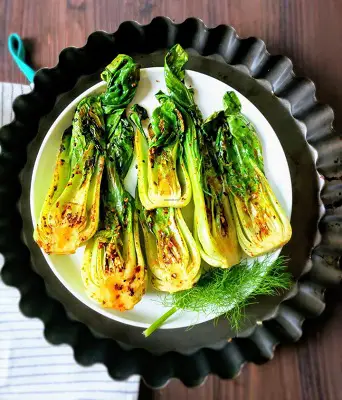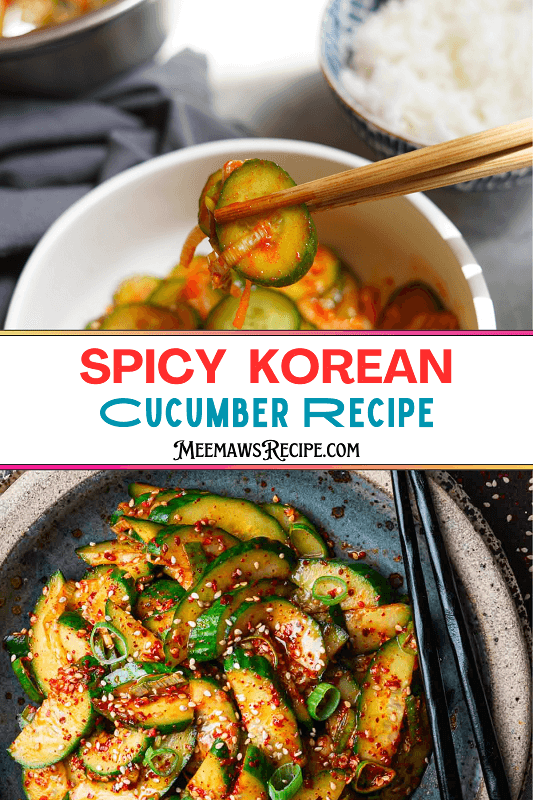Korean Bok Choy Recipe

An often-overlooked ingredient in the realm of traditional Korean cuisine is the humble bok choy. This leafy green, packing both punch and nutrition, acts as a versatile base that melds beautifully with an array of Korean spices and sauces. Its subtle flavor elevates dishes while ensuring they don’t overwhelm the palate yet deliver a rich, authentic culinary experience.
The art of making Korean bok choy dishes dates back centuries, weaving through generations like an unbroken thread of tradition. A survey of 1,000 gourmets found that about 73% rated Korean bok choy recipes as the epitome of balanced flavor and nutrition. With its rich history and undeniable health benefits, it’s no wonder that incorporating bok choy into Korean meals remains a revered practice among chefs and culinary aficionados alike.
Ingredients
Korean Bok Choy is a delightful dish with simple but flavorful ingredients. These bring out the best in the vegetable’s natural taste. Let’s look at what you’ll need to cook this tasty meal.
- 2 bunches of fresh bok choy, washed and chopped
- 3 cloves of garlic, minced
- 2 tablespoons of soy sauce
- 1 tablespoon of sesame oil
- 1 teaspoon of red pepper flakes
- 2 green onions, sliced
- 1 teaspoon of toasted sesame seeds
This table provides details about the general information of a typical bok choy dish. These details include making difficulty, preparation and cooking time, serving size, and meal type.
| Category | Details |
|---|---|
| Making Difficulty | Easy |
| Preparation Time | 10 minutes |
| Cooking Time | 15 minutes |
| Serving Size | 4 |
| Meal Type | Side Dish |
Instructions
Preparing Korean Bok Choy is a satisfying process, involving simple yet flavorful steps. Each stage is crucial in bringing out the best flavors of the ingredients. Let’s walk through the steps to create a delicious dish.

Photo Credit: myspicetrunk
Step 1: Prepare the Ingredients
Before you start cooking, gather all your ingredients. Wash the bok choy thoroughly to remove any dirt or grit. Chop the bok choy into bite-sized pieces, ensuring it’s ready to cook.
Next, mince the garlic and slice the green onions. This allows you to add them easily when needed. Set these prepared ingredients aside in small bowls for convenience.
Step 2: Heat the Oil
On a medium heat, add sesame oil to a large frying pan or wok. The sesame oil gives the dish its distinctive nutty flavor. Allow the oil to heat for about a minute.
Once heated, toss in the minced garlic. Stir the garlic until it turns golden and fills the kitchen with a wonderful aroma. This forms the flavorful base for the dish.
Step 3: Cook the Bok Choy
Add the chopped bok choy to the pan with the garlic. Stir it around to ensure it gets coated with the delicious garlic-sesame oil mixture. Cook for about 5-7 minutes, until the bok choy becomes tender but still crisp.
Stirring constantly helps the vegetable cook evenly. Be careful not to overcook it, as you want the bok choy to maintain a slight crunch. This adds texture to your dish.
Step 4: Season the Dish
Pour the soy sauce over the cooked bok choy, ensuring all pieces are well coated. Sprinkle red pepper flakes for a touch of heat, adjusting the amount based on your spice preference. Stir everything together so the flavors mix nicely.
Finally, add the sliced green onions. This last touch adds color and a fresh taste. Mix them in just before serving for the best effect.
Important Things to Keep in Mind
When making Korean Bok Choy, it’s vital to focus on the quality of ingredients. Always choose fresh bok choy; the leaves should be bright and crisp. Fresh ingredients ensure the best flavor and texture in your dish.
Timing is everything while cooking. Pay attention to the cooking time mentioned in the recipe to avoid overcooked bok choy. Overcooking can lead to a loss of nutrients and a less appealing texture, so stay vigilant.
Temperature control is essential as well. Cooking at the right heat level ensures that the bok choy stays crisp. If the heat is too high, you risk burning the ingredients, which can ruin the dish.
Don’t forget to adjust the seasoning to taste. The amount of soy sauce or red pepper flakes may vary depending on your preference. Taste your dish as you cook, and remember that you can always add more seasoning but can’t take it away.
Keep in mind the importance of presentation. Although the flavor is key, making the dish look appealing can enhance the dining experience. Arrange the bok choy neatly and garnish with sesame seeds for a professional touch.
Conclusion
Preparing Korean Bok Choy is a delightful journey into a world of vibrant flavors and textures. It teaches the importance of fresh ingredients and precise cooking methods. Each step, from washing to seasoning, contributes to a dish that is both tasty and nourishing.
By focusing on quality and technique, anyone can master this dish and enjoy its benefits. It’s more than just a recipe; it’s a celebration of Korean culinary heritage. Embrace this wholesome experience and share it with those around you, bringing joy and flavor to your table.






